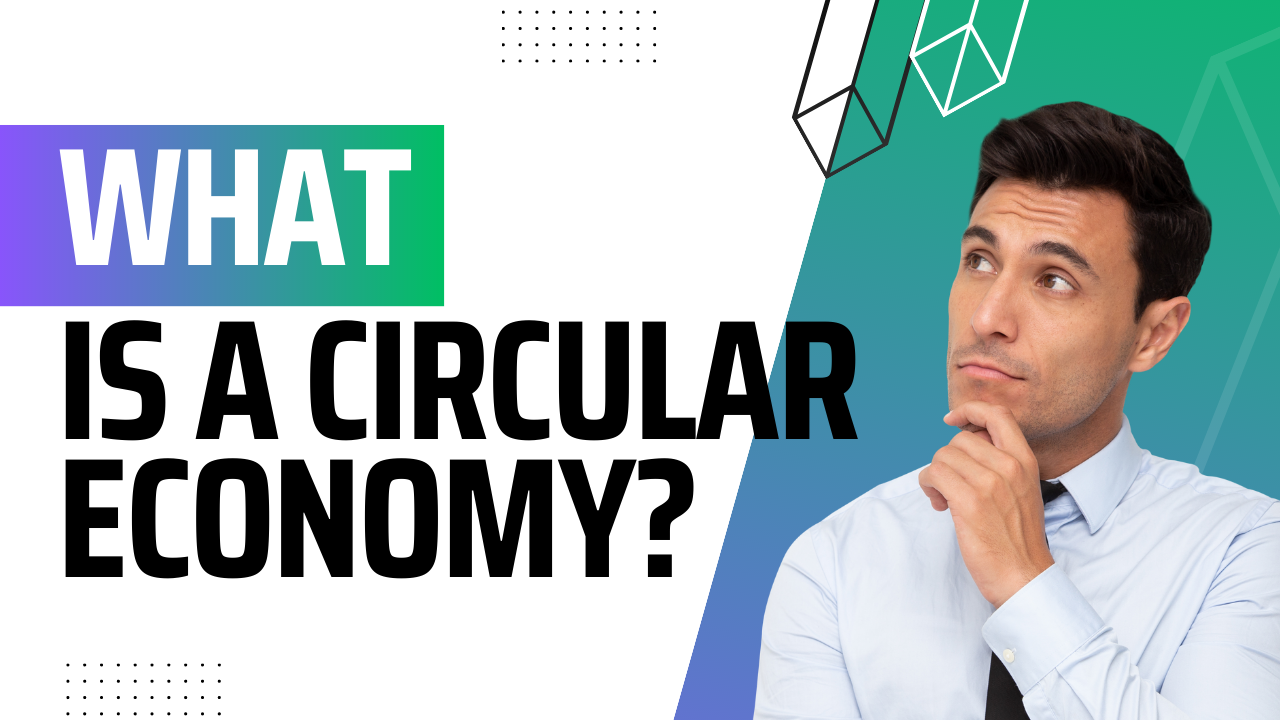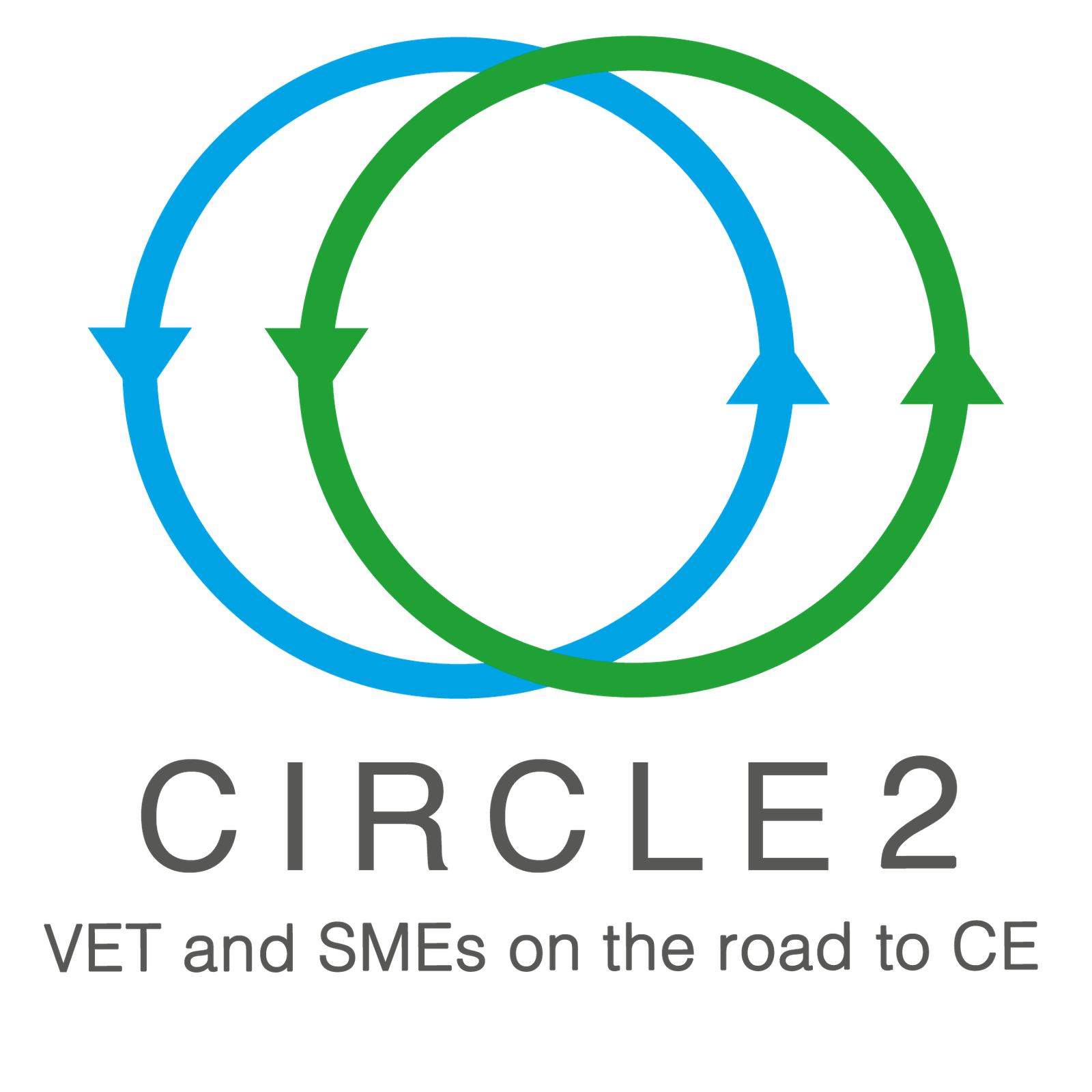
A circular economy is an economic system that aims to keep resources in use for as long as possible, with minimal waste and pollution.
In a circular economy, resources are used, reused, and regenerated rather than being disposed of as waste. This is achieved through the design of products, services, and systems that are regenerative and restorative by nature.
The circular economy model offers many benefits, including reducing the environmental impact of production and consumption, improving resource efficiency, and creating new business opportunities. It also supports sustainable economic growth and can help to create a more resilient and stable economy.
Extract as Much Value from Resources
The circular economy contrasts with the linear economy where we take, make and dispose. Our aim in the circular economy is to minimise the demands we place on natural resources and to reduce the amount we waste in the process of manufacturing and consuming. This focus on waste minimisation and delaying and recovering waste back into the economics cycle is critical to becoming a more circular society.
However, how can we apply this thinking to the tourism, transport and agriculture sector?
Tourism is principally a service industry where it is not immediately obvious where material resources are consumed and where the opportunities to reduce waste exist. But hotels, restaurants event organisers or travel companies all purchase goods.
Transport, or the movement of people and goods require vehicles and fuel, both of which require the consumption of resources.
Agriculture is fundmentally a bioeconomy producing edible products for consumption. Practices have developed at an industrial scale and waste is produced at every stage.

